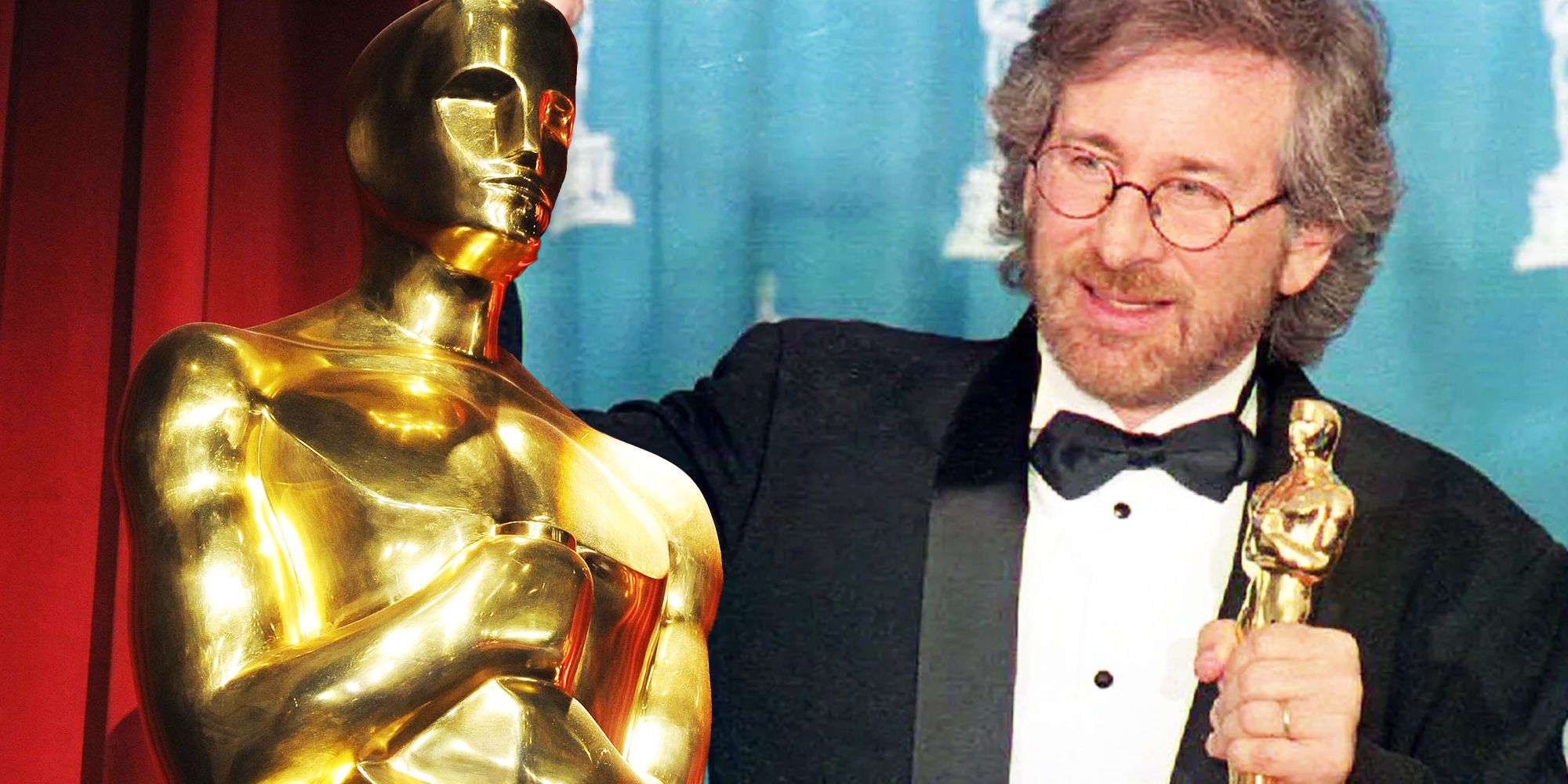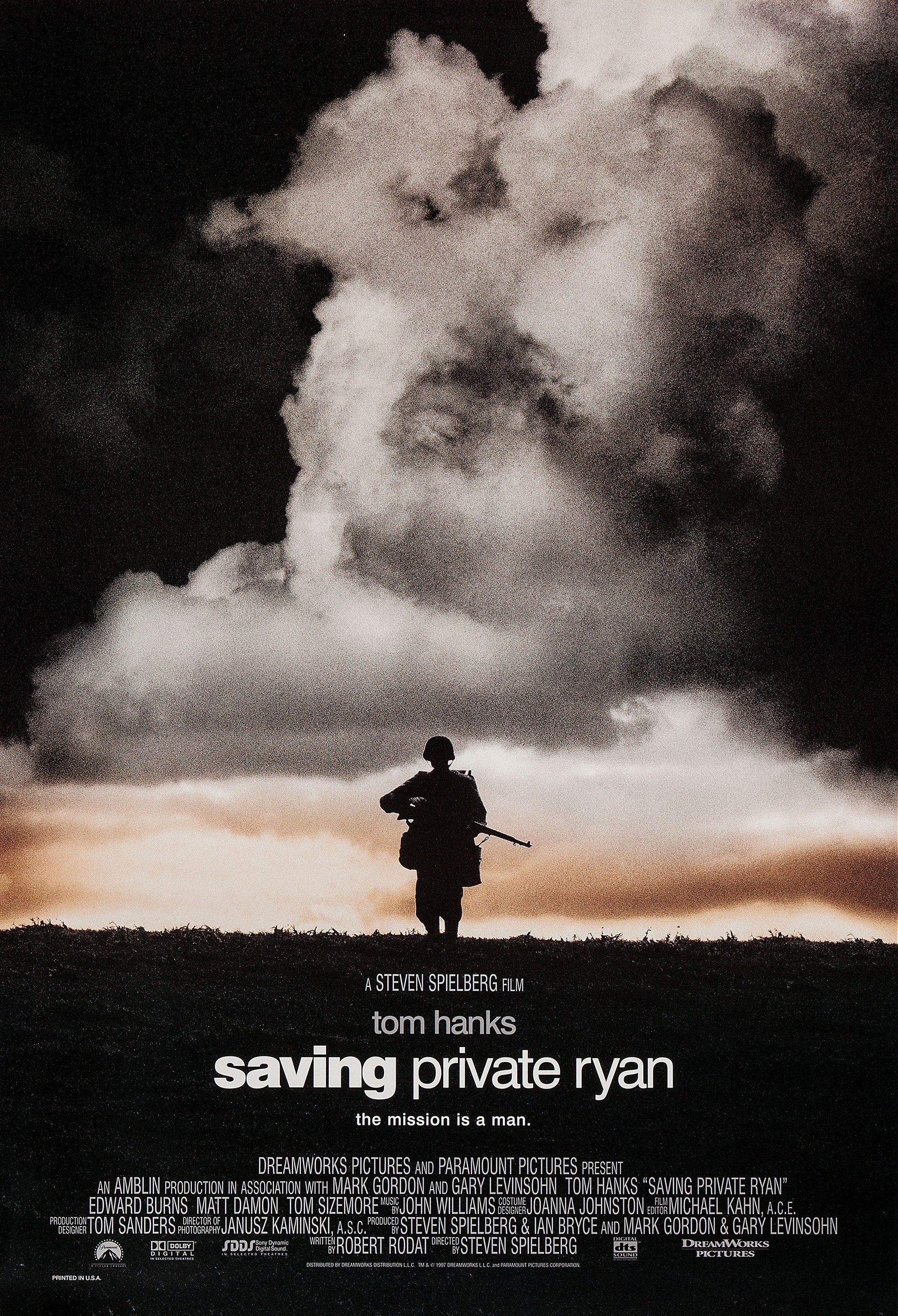Saving Private Ryan star Giovanni Ribisi recalls a filming detail that proves Steven Spielberg was at the top of his directorial game. Released in 1998, Spielberg’s gripping World War 2 film was a box office smash, grossing $481 million. The epic movie went on to claim five Academy Awards, including a Best Director trophy for Spielberg, and one for cinematographer Janusz Kamiński.
Spielberg’s Saving Private Ryan actor Ribisi could not have been surprised that the director won Oscar gold for the film, as he witnessed first-hand what a virtuoso the filmmaker is, noting recently a particularly impressive directorial feat Spielberg pulled off when shooting the 1998 movie. Speaking to the ReelBlend Podcast for his new movie Strange Darling, Ribisi gushed about Spielberg’s ability to stay well ahead of schedule even though he was working on his third film in a brutally short time period:
What I was blown away by was the fact that, that was the third movie that Steven Spielberg had made within a 12 month period, I believe. There was a Jurassic Park and then Amistad before that and…I think he had just turned 50 or 51 years old and he was just on fire, and so was Janusz [Kaminski]. They still are. But at one point, there’s a whole opening battle sequence with Saving Private Ryan that’s 27-and-a-half minutes long or something like that. In the script it read seven and a half pages. But at one point we were two weeks ahead of schedule on that sequence, which is mind-blowing in the context of everybody else being two months behind schedule. He just came prepared and he’s such a virtuoso.
What This Means For Saving Private Ryan’s Legacy
Spielberg’s War Epic Is One Of His Most Acclaimed Films
Spielberg famously shot The Lost World: Jurassic Park, Amistad and Saving Private Ryan back-to-back-to-back, the first two films releasing in 1997 and the last in 1998. That non-stop schedule did impact Private Ryan’s pre-production, limiting the amount of time Spielberg could spend on prepping the film. But it doesn’t show in the finished product, a masterclass in direction.
Spielberg’s stirring WW2 epic indeed already had a reputation as one of the best war movies of the latter part of the 20th century. Ribisi’s story of Spielberg and cinematographer Kamiński’s superhuman filming efficiency only adds to the movie’s legacy as a masterpiece. That they were able to stay so far ahead of schedule, despite limited pre-production time, only becomes more impressive when considering the movie’s scale, in particular its opening D-Day landing sequence, one of the most renowned battle scenes ever filmed.
Our Take On Spielberg’s Virtuoso Directing Feat
He Was Already In The GOAT Discussion
Spielberg’s decision to make three big movies in rapid succession may have seemed like folly at the time, but the results speak for themselves. Jurassic Park: The Lost World is a solid sequel to the original dino-blockbuster, while Amistad is an above-average courtroom drama. Saving Private Ryan is the true gem though. By all accounts, Spielberg deserved the Oscar he won for helming the war drama. He proved his directorial prowess in a concrete way by keeping the massive production ahead of schedule, despite the many obstacles such a project inevitably faces.
The somewhat forgotten
Shakespeare in Love
beating out
Private Ryan
for Best Picture is widely regarded as one of the Oscars’ biggest mistakes.
The number of challenges posed by a film on the scale of Saving Private Ryan indeed would have been enough to crush a lesser director. To hear Ribisi tell it, Spielberg not only weathered the difficulties faced during filming, he breezed through without breaking a sweat. Each BTS account like Ribisi’s only adds to Spielberg’s reputation as one of the great Hollywood filmmakers.
Source: ReelBlend Podcast
Source link


















Add Comment